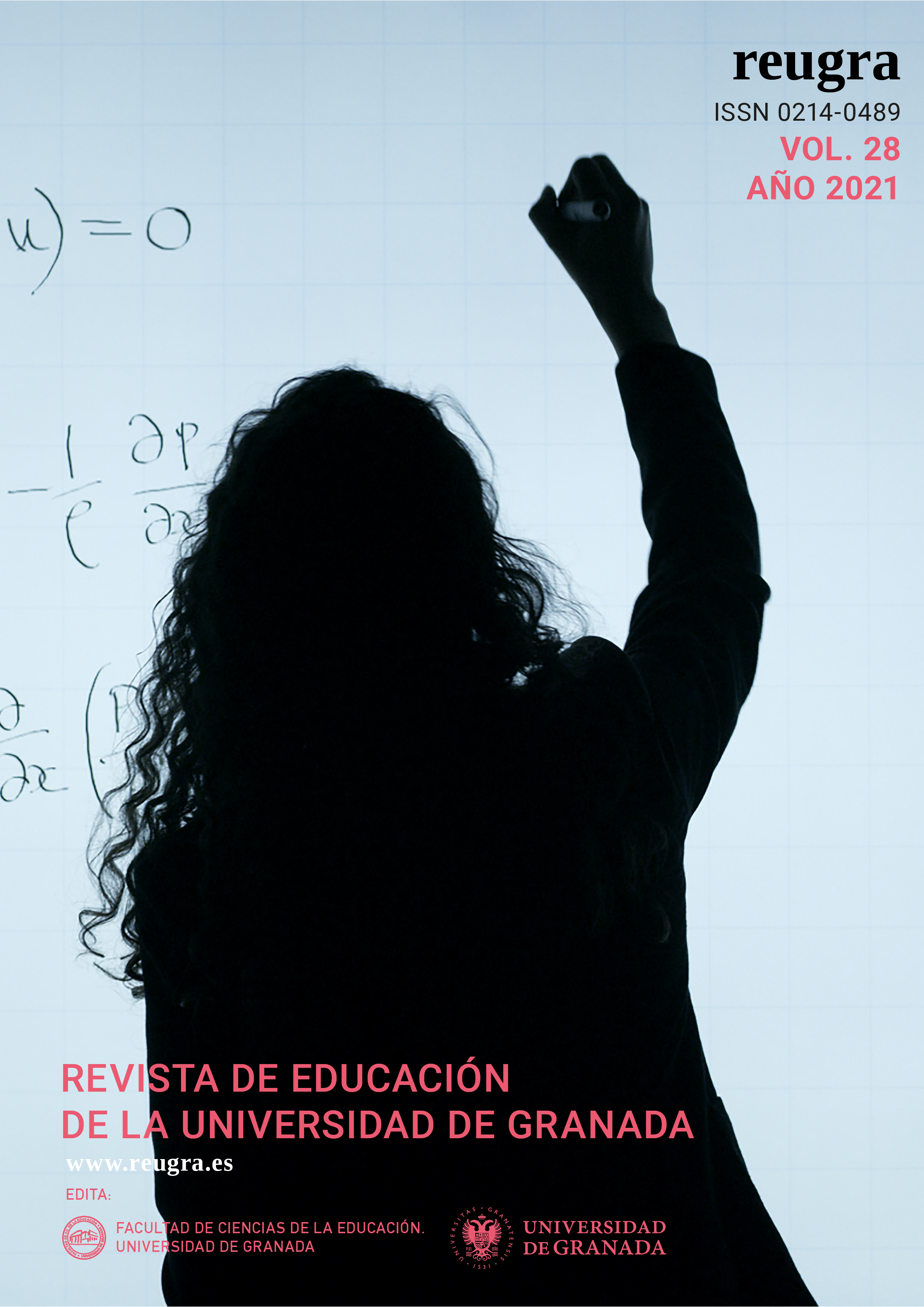Profundizando en el modelo de Horwitz, Horwitz y Cope sobre ansiedad en el aprendizaje de una lengua extranjera
Main Article Content
Abstract
Secondary education students are brought under pressure in their learning process, which, together with their emotional changes, increases anxiety levels. One of the main anxiety types experienced by learners is called foreign language anxiety, which is situation-specific and affects learning acquisition negatively. Pioneers in this field, Horwitz et al. (1986) conceptualized the construct of foreign language anxiety for the first time ever and designed a scale to measure it within the classroom: the Foreign Language Anxiety Classroom Scale (FLCAS). Both Horwitz, Horwitz and Cope’s theory and scale are among the most prestigious resources in anxiety research, which explains why many authors have conducted research following their premises and validated (or not) their approach. This article revises the literature on this model and some of the main research studies. Finally, the main challenges presented by Horwitz et al.’s model are discussed and presented as future research.



